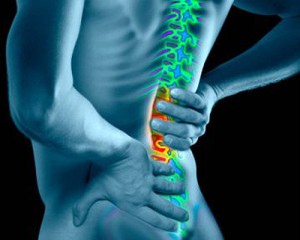As a Home Health Professional, you are likely to see a wide range of things as you enter a home to treat a patient. The only preparation you have are your experiences and experiences that your peers may have shared. Your goal is simply to treat your patient and get them back to a level in which treatment is no longer necessary. Home healthcare has its share of pros, but with over a million home healthcare workers in the US, more than 3% are reporting injuries while in the field. Some of these have resulted from unintentional needle sticks, latex allergies, and violence against providers. However, the most common injuries were sprains, strains, and other musculoskeletal injuries related to lifting and moving patients. This is where understanding ergonomics in home health comes into play.
The work environment shifts drastically from home to home and conditions fall outside the control of both the employer and worker. There are however, methods for reducing musculoskeletal injuries. The best of these is prevention through ergonomics, in other words, designing work tasks so that they aren’t beyond workers’ strength and abilities. In healthcare, ergonomics involves using equipment and methods to decrease strain and increase safety when lifting and moving patients.It is important for employers to help protect their therapists when entering homes. Employers should consult with patient-care ergonomic specialists to determine the proper application of assisted devices as well as providing proper training to employees.Therapists should always use ergonomic assisted devices if they are available. The following is a list of examples of devices that can improve safety for workers and patients:
- A hoist should be used for lifting patients who don’t have enough strength to stand and walk on their own.
- A rolling toileting and showering chair can reduce six transfers (from bed to wheelchair to toilet to wheelchair to bathtub to wheelchair to bed) to two (from bed to chair and back to bed).
- Grab bars, adjustable beds, and raised toilet seats can improve leverage and prevent the need for awkward and unsafe postures.
- Slip sheets and other friction-reducing devices cut back on the effort needed to move a patient.
When assisted devices are unavailable and manually handling a patient is necessary, these tips can be quite helpful:
- Stand as close to the patient as possible to avoid reaching, bending and twisting. To avoid rotating the spine, make sure one foot is in the direction of the move.
- Keep your knees bent and feet apart.
- Use gentle rocking motions to move a patient.
- When pulling a patient up from an adjustable bed, lower the head of the bed until it is flat or down. Raise the patient’s knees and encourage the patient to push.
- Don’t stand in one place. Move around the patient’s bed so you can position yourself in a safe posture rather than stretching, bending, and reaching.
Don’t be a weekend warrior. You, as the therapist, are there to assess the patients home environment while thinking of how to protect yourself, your co-workers and the patient’s family. Utilizing these tips whether assisted devices are present or not, will keep your potential for injury minimal.If you are a homecare therapist looking for a new career opportunity, our Strategic Search Consultants can help answer any questions you may have. Contact us today 800 535 0076.